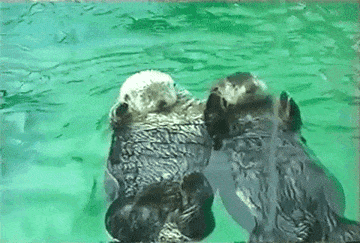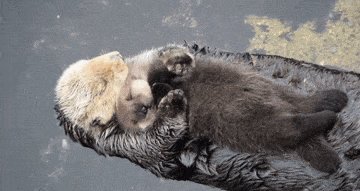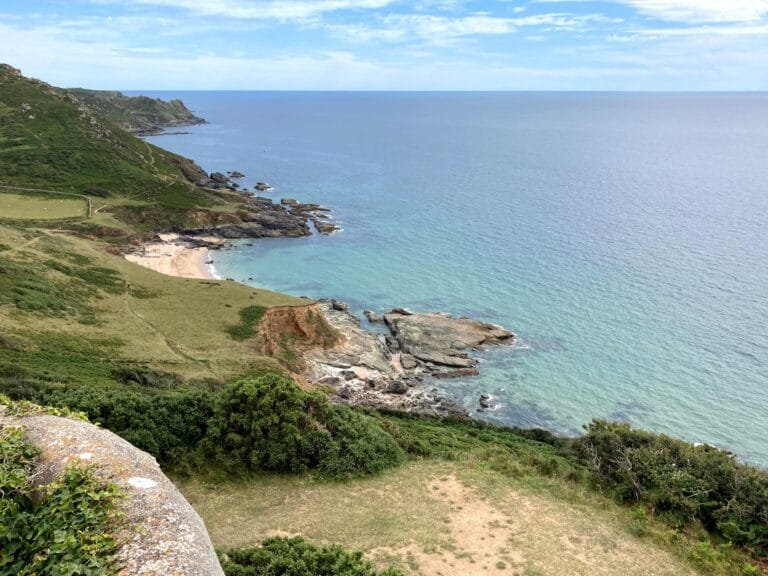
Hunstanton Sea Life have updated their Otter inclosure, so we thought it was a good idea to refresh you on some Short-Claw Otter facts.
Where are they from?
The Asian Short-Claw Otter are the world’s smallest Otter species, measuring approximately 70cm in length on average. They usually live in tiny family groups of up to 12 otters in the wild as they are sociable animals that prefer to dwell in burrows dug into muddy banks with large family groupings. Only the dominant pair will reproduce, with their offspring and older cubs assisting in the rearing of fresh litters. They are very sociable and will spend most of their time together on land grooming, relaxing, and sleeping.
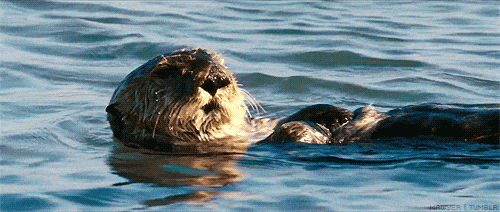
The Asian Short-Clawed Otter is native to Asia, with Otters found in Bangladesh, Burma, India, Southern China, Taiwan, Laos, Malaysia, Indonesia, the Philippines, Thailand, and Vietnam’s mangrove swamps and freshwater wetlands as well as Rice paddies and river systems.
Do they communicate with each other?
Small-clawed otters in Asia are extremely loud, with at least twelve distinct vocalisations in their repertoire. Contact, summons, welcome, threat, and alarm calls all need vocalisations, which can be elicited visually, chemically, or by tactile signals such as social grooming, hormone changes, and posture. Scent marks are also a significant method of communication for these otters. Otters generate an extremely musky fragrance that may define territory and transmit information about identity, sex, sexual receptivity, and time passed between scenting visits thanks to paired scent glands at the base of the tail. To pass on this knowledge, they defecate or spray in common toilet sites.
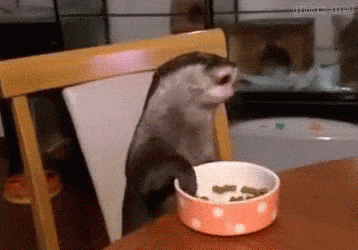
Otters consume crustaceans and mollusks in the wild, although they will also eat fish, insects, amphibians, and reptiles. Asian small-clawed otters locate and grab food with their forepaws rather than their mouths. They have a lot of physical dexterity thanks to the incomplete webbing between their toes. They have sensitive digital pads that allow them to search for food behind rocks or in murky water. They dig for shellfish (clams and mussels) and crabs in the sand and mud along the beach. They either crush the shells by hand or allow the heat of the sun open the shells to get to the flesh. Their teeth are wide and strong, making them ideal for breaking shells.
Twix and Summer are two of the fan favourites.
Twix and Summer, two mischievous Asian Short Clawed Otters, are part of the Sea Life family. Through a private viewing window, steal a glimpse inside their cave and watch them play in their newly built river enclosure, complete with rushing stream and diving pool.
